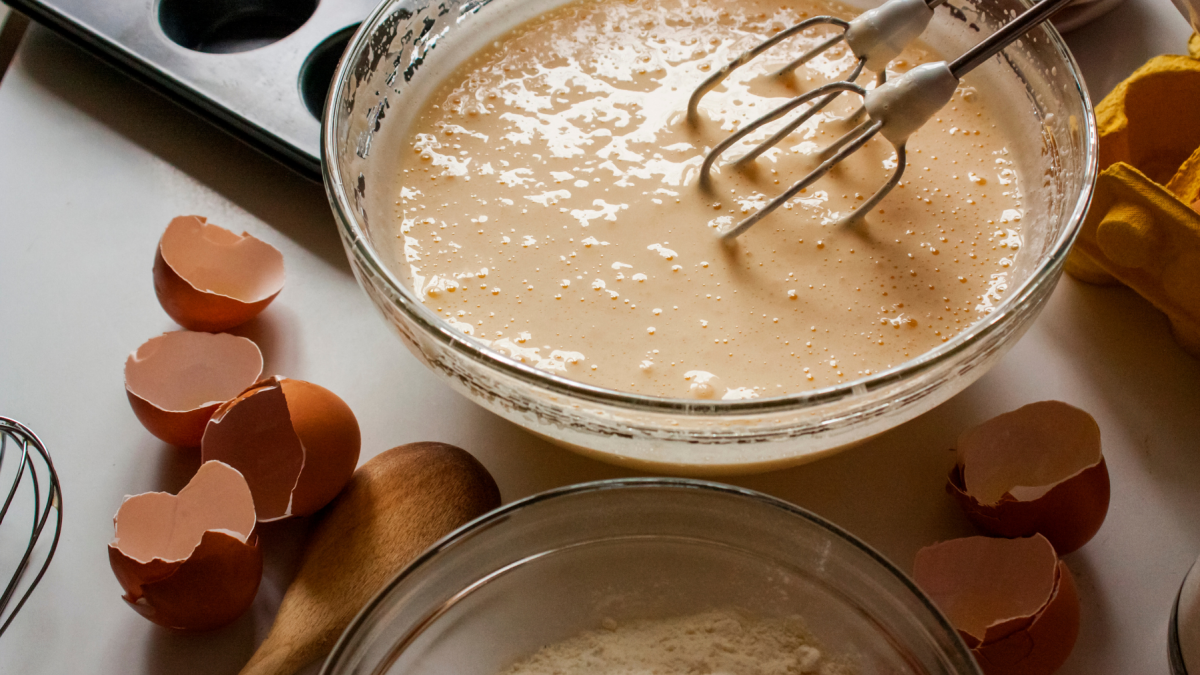Creaming method

Mastering the Art of Creaming: Creating Delightfully Fluffy Baked Treats
Baking is a wonderful blend of science and creativity, and one essential technique you should know is creaming. It's a simple yet powerful method that can transform your cookies and cakes into heavenly delights. In this blog post, we'll break down the creaming method, explaining why it's important, how to do it, and the amazing results you can achieve.
Why Creaming Matters:
Creaming plays a crucial role in baking because it gives your treats a light and fluffy texture. When you cream softened butter or margarine with sugar, you're adding air to the mixture. This makes your baked goods tender and moist, with a delightful crumb structure that's hard to resist.
The Creaming Process:
Don't worry, creaming is easier than it sounds! Follow these steps to master the process:
- Softened Butter: Start with softened butter or margarine, which means letting it sit at room temperature until it becomes soft and easy to mix.
- Measuring Ingredients: Measure the right amounts of butter or margarine, and sugar as your recipe suggests. Accurate measurements are important for getting the right texture.
- Mixing Tools: Use either a hand mixer or a stand mixer with a paddle attachment to make creaming easier. The paddle attachment helps evenly beat the butter and sugar.
- Creaming Technique: Put the softened butter and sugar in a mixing bowl. Begin mixing at medium speed and gradually increase the speed. Keep mixing until the mixture turns pale, light, and fluffy. It usually takes a few minutes, and you might need to scrape down the sides of the bowl occasionally to ensure everything mixes evenly.
- Adding Other Ingredients: Once the butter and sugar are nicely creamed, you can slowly add other ingredients like eggs and flavourings. Continue mixing until all the ingredients are well combined.
The Delicious Outcome
The real magic happens when you taste your creations made with the creaming method. Baked goods made through creaming have a tender, melt-in-your-mouth texture. Cakes become light and fluffy, while cookies have a soft, slightly chewy crumb. Creaming also helps distribute flavours evenly, resulting in perfectly balanced sweetness and richness.
Tips for Successful Creaming:
Here are a few handy tips to make your creaming endeavours even more successful:
- Use Unsalted Butter: If possible, use unsalted butter so you can control the saltiness in your baked treats. If you only have salted butter, adjust the amount of salt in the recipe accordingly.
- Room temperature Ingredients: It's best to use ingredients that are at room temperature, including eggs. Room-temperature ingredients blend more easily, ensuring a smoother mixture.
- Gradual Mixing: When adding eggs or other liquids, do it gradually. Adding them in small portions helps everything blend smoothly without curdling the mixture.
- Avoid Overmixing: Once all the ingredients are combined, be careful not to overmix the batter. Overmixing can make your final treats dense and tough. Mix until everything is just combined for the best results.
Creaming is a simple yet powerful baking technique that can take your creations to new heights. By adding air and achieving a light and fluffy mixture, you'll be amazed at the incredible textures and flavours you can create. So, let your baking adventures begin, and enjoy the delight of tender and fluffy treats that will impress everyone around you!
Categories: : Tips and tricks
 Maria Rix
Maria Rix 